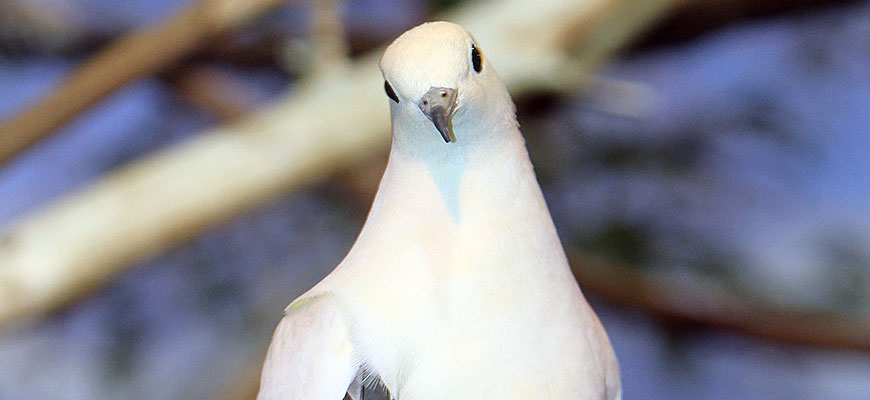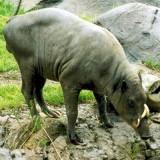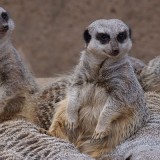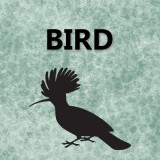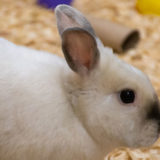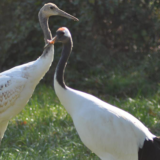CLASSIFICATION
Order: Columbiformes
Family: Columbidae
Genus: Ducula
Species: bicolor
RANGE
Philippines and New Guinea
HABITAT
Small off-shore islets away from the mainland.
SIZE
Body length is 37.5 cm or 14 ¾ inches long.
LIFE EXPECTANCY
Approximately 8 years in captivity and 4 years in the wild.
REPRODUCTION
The breeding season is from January to March. Nest is a flimsy platform made of sticks constructed high up in coconut palms. One or two eggs are laid and two or more broods are raised each year. Both parents incubate the eggs, the male during the day the female at night. Both parents feed the altricial young by regurgitation of “pigeon milk”, the sloughed off thickened lining of the crop. The young poke their beaks inside the parents’ throats to get the milk. Older chicks are fed half-digested grain from their parents’ crops. The young stay with the parents until they are able to fly at 2 – 3 weeks.
DIET
Seeds, grains, and fruits in the wild. Vegetables and fruits in the zoo.
BEHAVIOR
They stay in the crown of the tallest trees of the jungle and mangrove forest 200 feet above the ground. They are non-migratory but travel in flocks shifting feeding grounds throughout the year following the fruiting of various trees. They are noted for making long daily flights over water from island to island in search of food.
POINTS OF INTEREST
The Pied Imperial pigeon is milky white with black primaries, secondaries and tail tip. The pigeons live on nutmeg and other large nuts and fruits that are larger than their heads. Their jaws have elastic sockets like a boa constrictor’s that stretch to accommodate large objects. They have often been kept in aviaries.
STATUS
Common

